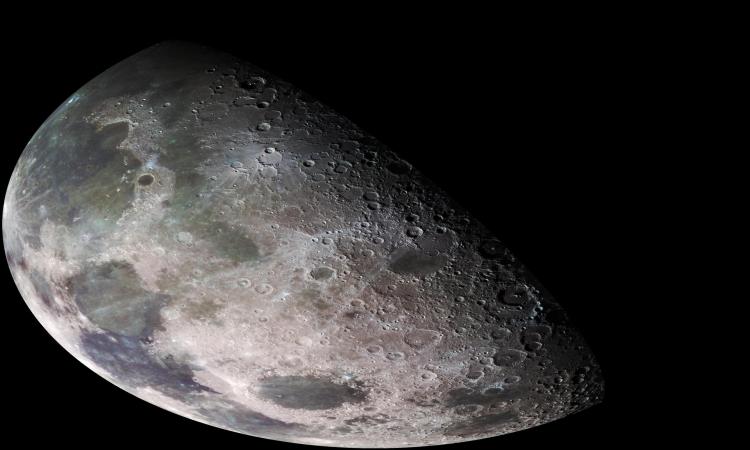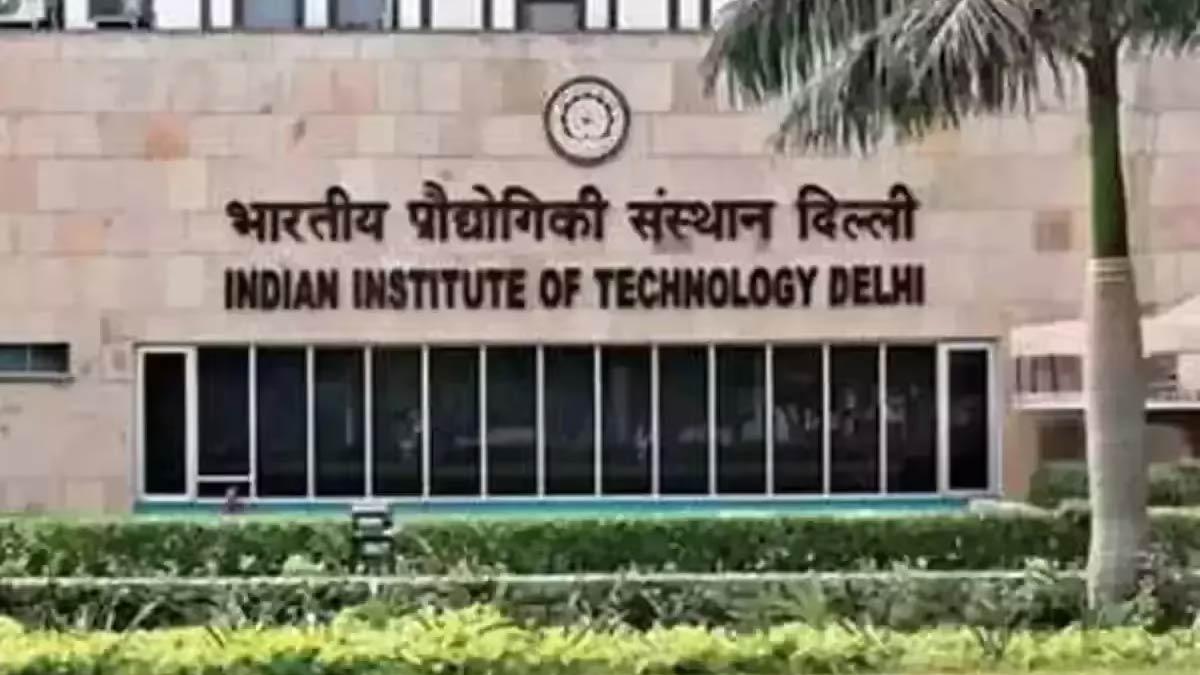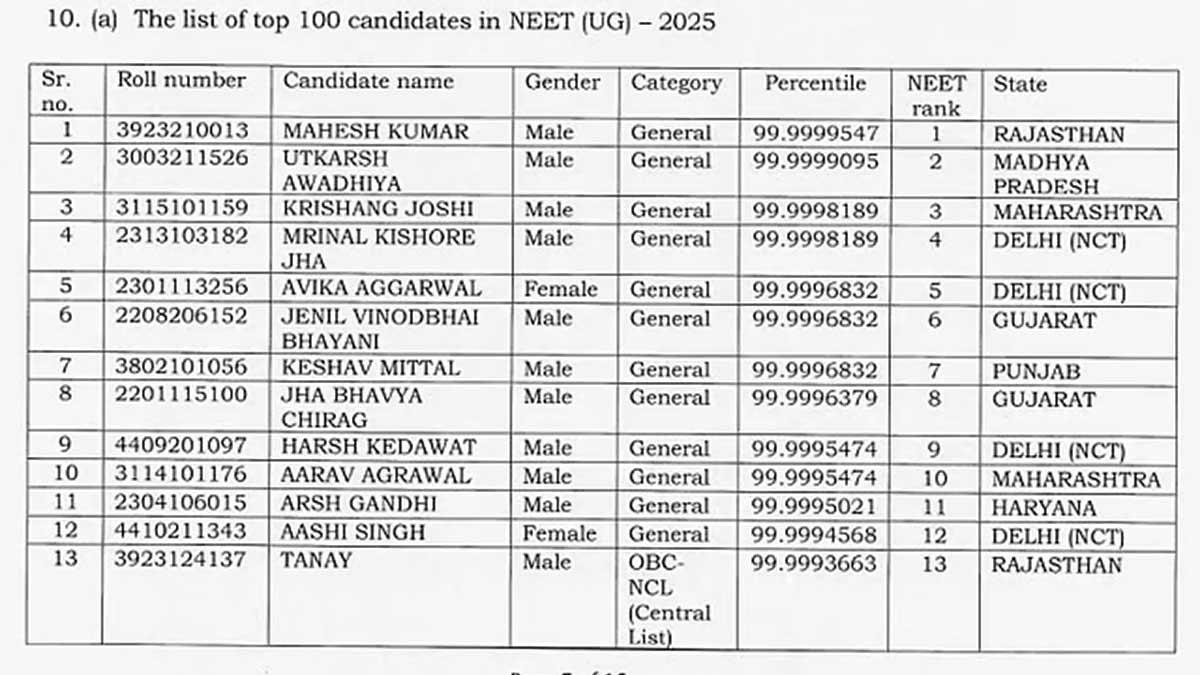As NASA aims to land the first woman and next man on the Moon by 2024, the agency is looking to the US universities for lunar-focused research to bring about advancements in onsite resource utilisation and sustainable power solutions.
The US space agency on Monday said that it has selected six project proposals under its first-ever Lunar Surface Technology Research (LuSTR) solicitation.
"Our inaugural LuSTR opportunity targeted two technology areas within NASA's Lunar Surface Innovation Initiative that are essential to the agency's Artemis program, which will land the first woman and next man on the Moon," Walt Engelund, Deputy Associate Administrator for programmes in NASA's Space Technology Mission Directorate (STMD) said in a statement.
"The systems developed by the US universities could make future exploration more accessible, robust, and exciting."
Through LuSTR, NASA selected three university-led proposals to research innovative ways to identify resources, like water, on the Moon, and inventive designs for extraction and utilisation equipment.
The University of Texas in El Paso will research an advanced thermal mining approach that could release, trap, and transport water vapour found on the Moon, NASA said.
Washington University in St. Louis will build a rover-mounted drill to quantify the 3D distribution of water at the Moon's South Pole.
Michigan Technological University in Houghton will adapt a heated percussive cone penetrometer -- an engineering instrument regularly used on Earth -- to characterise the strength of lunar soil, or regolith.
Understanding a lunar region's regolith strength could inform methods of excavating water and building structures using local materials.
Complementing this research, three other university teams will mature next-generation energy storage and power distribution technologies.
The projects could help power in-situ resource utilisation operations and other robust infrastructure on the Moon.
The University of California in Santa Barbara will research wireless power transfer feasibility from a base station to multiple distant assets on the Moon.
Vanderbilt University in Nashville will look into using silicon carbide power components for lunar surface applications.
The Ohio State University in Columbus will explore flexible energy distribution between multiple, different power grids -- that may use solar, radioisotope, and battery sources -- that could be deployed on the lunar surface to support the Artemis programme, NASA said.


















